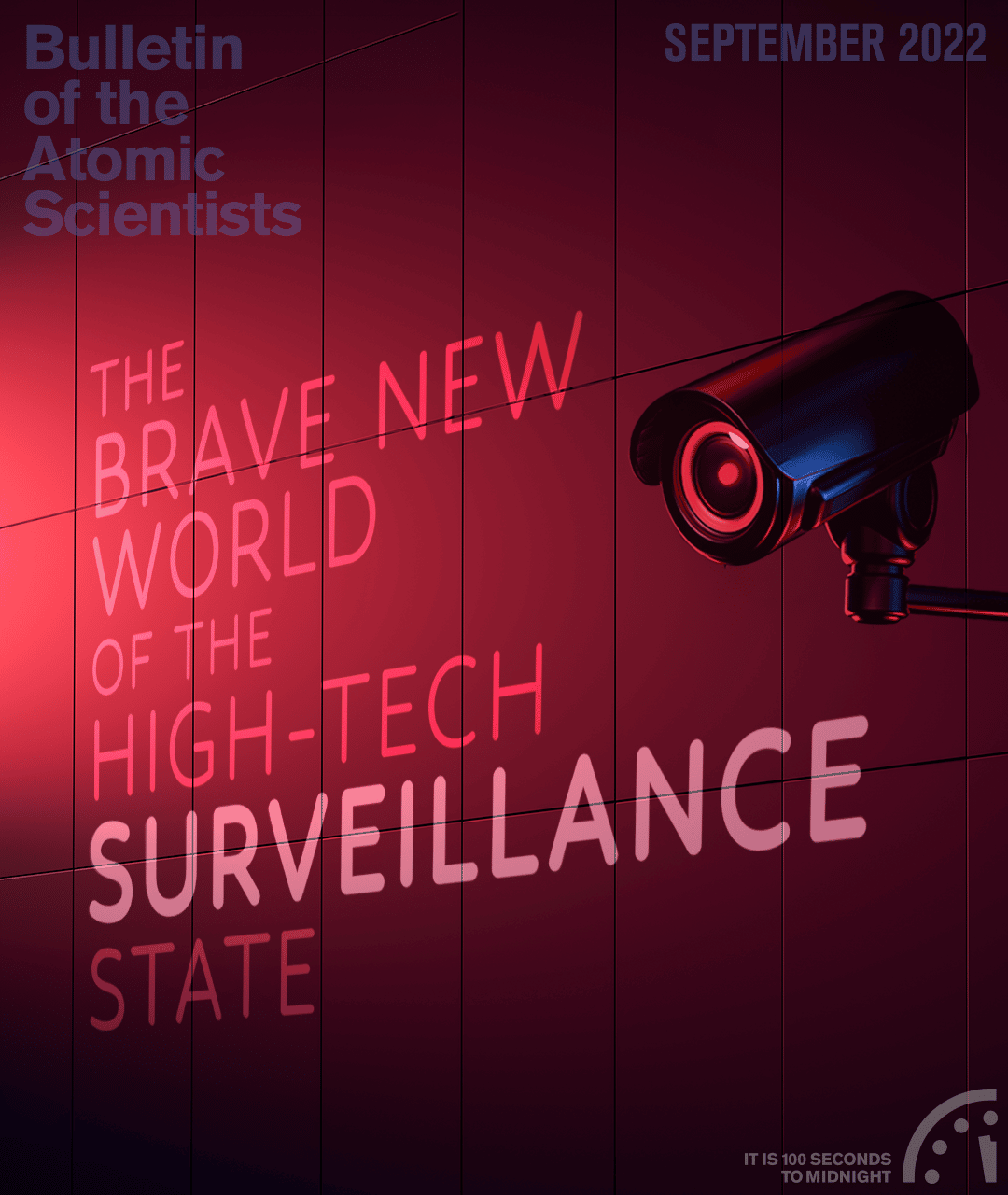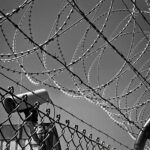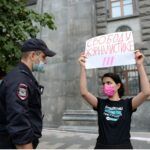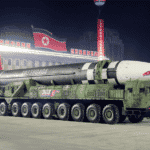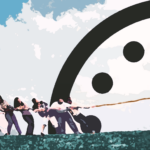Introduction: The brave new world of the high-tech surveillance state
By Dan Drollette Jr | September 8, 2022
Introduction: The brave new world of the high-tech surveillance state
By Dan Drollette Jr | September 8, 2022
This issue of the magazine was inspired by recent events in Russia and in China—two countries where the surveillance state has expanded dramatically in size and capability in a relatively short time. In Russia, this development has been highlighted by Vladimir Putin’s recent efforts to take his country back to the bad old days of Stalin’s Soviet Union: expelling foreign journalists; shutting down independent domestic magazines, newspapers, and websites; making it a crime to use the word “war” instead of the Kremlin-approved “special military operation;” clamping down on dissent in the streets; and making it so that the Russian public can only see the Kremlin version of events on state-sponsored television (which is often the only easily accessible form of media).
Meanwhile, the authorities in communist China have been steadily operating under the radar, for at least the past 20 years, to put into place what some call a high-tech system of “techno-authoritarianism.” Under this system—really a collection of surveillance systems—China’s minority population is constantly subject to tracking via cameras, facial recognition algorithms, biometrics, abundant checkpoints, and constant screening of digital devices, effectively making them live inside what the New York Times described as a “virtual cage.” These forms of surveillance were originally confined largely to the province of Xinjiang, but subtle, more sophisticated, and less-obvious versions of monitoring and control are now appearing in the rest of the country as well.
It could be easy for those of us who are fortunate enough to live in a Western democracy to assume that such developments are confined to these two authoritarian countries, which have histories and cultures very different from ours.
But in the globalized world of the 21st century, there is no reason why some form of these newfound surveillance states couldn’t happen here, as Maya Wang of Human Rights Watch explains in an interview in this issue’s opening article, “High-tech surveillance is not restricted to China.” (Wang was one of the first researchers, if not the very first, to identify the existence of a vast surveillance technology state in China in 2017.)
Her observations are seconded by Columbia University law professor Michel Paradis in his interview for this issue “Smart devices, cell phone cameras, social shaming, and the loss of the right to a private self.” Paradis points out that in many respects, a capitalist surveillance state is already in place in the United States—in the form of ubiquitous cell phone cameras, easy uploading of images to the internet, and the fear of public humiliation on sites like Twitter. That is, in his words: “We face the risk of that same kind of conformity being enforced through crowds, through shaming on social media, compounded by the capacity to surveil people.”
But there are ways to keep surveillance technology (and modern life) from spinning out of control. In “Creating a model democratic alternative to the surveillance state,” Ishan Sharma explains some of the specific, concrete steps that policy makers in Western democracies can take to fight the emerging surveillance states—and to offer a credible alternative that protects citizen privacy.
And we don’t have to wait for policy makers to fight this newfangled authoritarianism, as illustrated by the actions of Russian independent journalist Farida Rustamova. In her conversation with me, “When it comes to Russia, it’s like living in a volcano,” Rustamova outlined some of the tricks of the trade that she has learned while attempting to bring honest, unfiltered, uncensored accounts of the war in Ukraine home to her fellow Russians. (A little pluck helps a lot; Rustamova once held a one-woman protest on the very steps of KGB—now FSB—headquarters in downtown Moscow, criticizing the Russian authorities’ attempts to stifle dissent while wearing a T-shirt that said: “Journalism is not a crime.”)
When asked what motivates her to fight against the not-so-subtle tactics of Putin’s surveillance state, Rustamova said: “There are 102 million people in Russia; we absolutely cannot leave them alone with Putin’s propaganda and his nuclear weapons. That would be a very foolish thing to do.”
Together, we make the world safer.
The Bulletin elevates expert voices above the noise. But as an independent nonprofit organization, our operations depend on the support of readers like you. Help us continue to deliver quality journalism that holds leaders accountable. Your support of our work at any level is important. In return, we promise our coverage will be understandable, influential, vigilant, solution-oriented, and fair-minded. Together we can make a difference.

